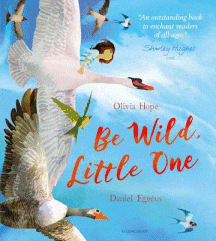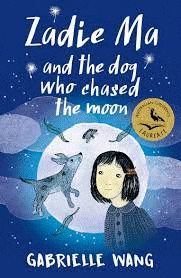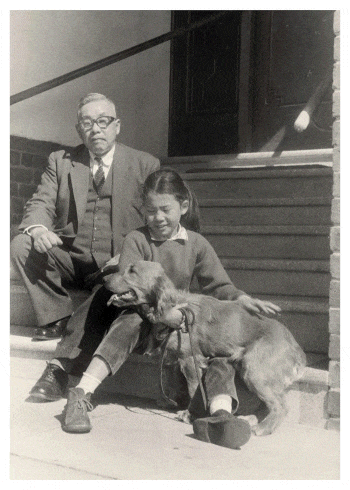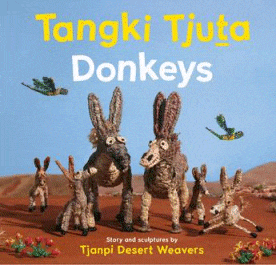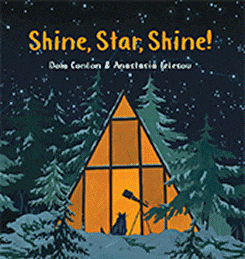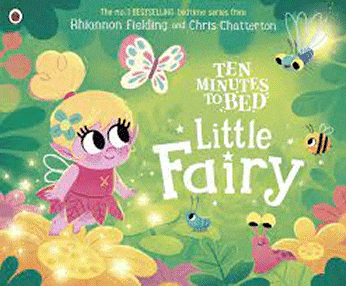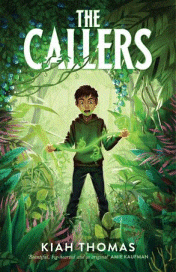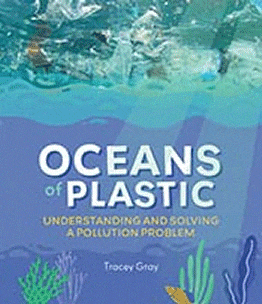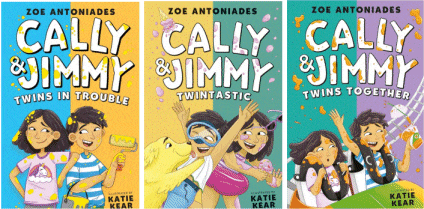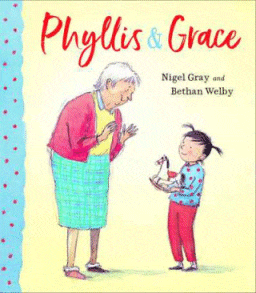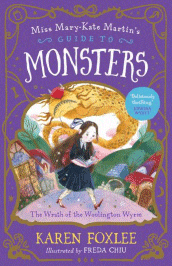
Miss Mary-Kate Martin’s Guide to Monsters
Miss Mary-Kate Martin’s Guide to Monsters (series)
The Wrath of the Woolington Wyrm
Karen Foxlee
Freda Chiu
Allen & Unwin, 2022
288pp., pbk., RRP $A14.99
9781760526627
The earth trembled as the creature left its lair at night. It wound its way across the fields and slunk over the town bridge. It slithered across the churchyard and its skin shimmered as it slid past the windows of the sleeping children, Its shadow raced along the stone walls by the light of the mood. It glided across the village green and then silently through the cobblestoned streets, It went past the pub and the tiny teashops, past the village library, searing. It had known the place for centuries. In the market square it stopped.
It let out a screech that was wild and full of rage.
That cry echoed down the laneways, through the thatched roof cottages, reverberated over the fields.
It was a noise that had not been heard for many years.
“Meanwhile, dressed in sparkly red shoes with her matching backpack, and carrying her strawberry-scented notebook, Mary-Kate is accompanying her archaeologist mother to the tranquil English countryside to investigate some interesting bones found in an old well. But once they arrive, they realise that the village of Woolington is not as peaceful as it seems. Mysterious noises, earth tremors and a terrifying legend have the locals frightened.
Could there be any truth in the myth of the beast who lives in the ancient well? And if so, why would it return? Mary-Kate might be anxious, but she is not afraid to get to the bottom of this monstrous mystery.”
However, Mary-Kate is not the intrepid adventurer that the publisher’s blurb portrays. In fact, she is a rather anxious child who likes to make lists so she can plan and manage her life because she doesn’t cope with change well, and while her mother may be used to going off on these sorts of expeditions, Mary-Kate usually stays with her grandmother, which she much prefers. Even the few days away from school which has been Triple H lately – horrible, horrendous and hideous- are little consolation So, reluctantly, she packs her bag with her lucky items – the seven pieces of gum left by her father before he disappeared on Mt Shishapangma; her torch shaped like Big Ben, her little jar with 33 international coins in it and her stress ball shaped like a miniature world globe – and heads off to Woolington Well with her mother.
This is a new release from the author of Lenny’s Book of Everything winner of the 2020 NSW Premier’s Literary Awards, Ethel Turner Prize for Young People’s Literature, and Dragon Skin. shortlisted for the 2022 CBCA Book of the Year, Younger Readers and it is ideal for those who like a fantasy-adventure in which they can put themselves into the story as a character rather than an observer. Being a sucker for anything set in ye olde English villages, it had me at the prologue but I remained hooked and read well past my bedtime as I willed Mary-Kate and Arabella on as they gradually work out why the wyrm, a “huge limbless and wingless dragon or dragon-like creature” has emerged again and is causing so much destruction, while both learn much about themselves as they do.
Something different to share as a class read-aloud that will be followed by another in the series The Trouble with the Two-headed Hydra- so readers can continue sharing Mary-Kate’s adventures.
